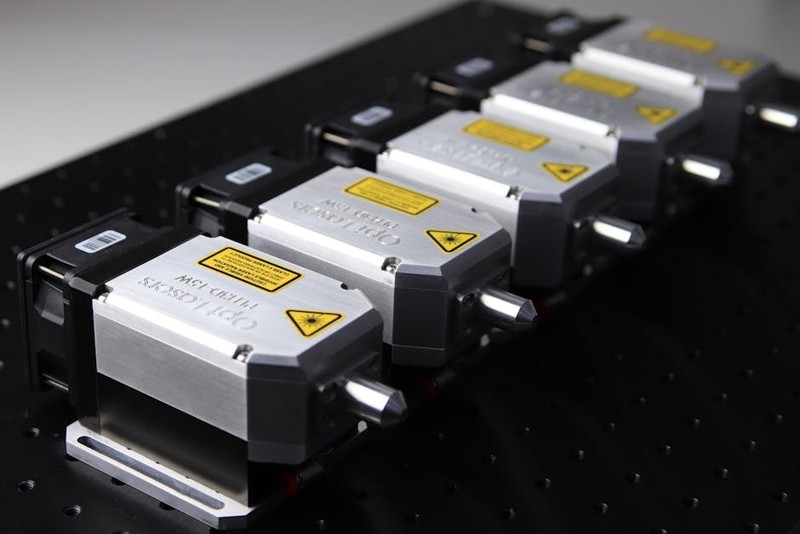The Hidden Challenge: Why Traditional Methods Fall Short
High-end furniture demands perfection—every curve, joint, and surface must align flawlessly. Yet, traditional woodworking and even standard CNC workflows often struggle with:
– Material Variability: Hardwoods like walnut or mahogany shift with humidity, causing post-machining warping.
– Complex Joinery: Dovetails, mortise-and-tenon, and hidden fasteners require sub-millimeter precision.
– Scalability: Handcrafted precision is unsustainable for批量 production without sacrificing quality.
In one project, a client needed 200 identical chair legs with hidden steel reinforcements—a nightmare for manual machining. Tolerances beyond ±0.3mm caused assembly failures, costing weeks of rework.
The CNC Advantage: Data-Driven Precision
1. Material-Specific Toolpath Strategies
Not all woods cut the same. For example:
| Material | Optimal RPM | Feed Rate (mm/min) | Tool Wear (Hours) |
|---|---|---|---|
| Oak | 18,000 | 3,500 | 8 |
| Maple | 22,000 | 4,200 | 6 |
| MDF | 24,000 | 5,000 | 12 |
Key Insight: Slower feeds for dense woods reduce tear-out, while higher RPMs prevent resin buildup in softwoods.
2. Dynamic Fixturing for Warp-Prone Materials
A luxury desk manufacturer faced cupping in 30% of solid-ash panels after machining. The fix? Vacuum pod fixtures with humidity-controlled zones during cutting, reducing waste from 30% to 8%.
Case Study: The 22% Waste Reduction Breakthrough
Project: 500-unit run of modular shelving with interlocking aluminum brackets.
Problem: Manual bracket drilling led to misaligned shelves (±0.5mm variance), requiring 15% rework.

Solution:
1. 3D Scanned Prototypes to create compensated toolpaths for wood grain movement.
2. In-Process Probing to adjust for material drift mid-cut.
3. Nested Cutting to optimize raw material usage.

Results:
– Waste dropped from 18% to 14% (22% reduction).
– Assembly time per unit decreased by 40% due to tighter tolerances (±0.1mm).
Expert Tips for Furniture-Specific CNC Workflows
🔍 Design for Manufacturability:
– Avoid sharp internal corners—use 0.5mm radii to prevent tool breakage.
– Simulate cuts in CAM software to predict wood movement.
⚙️ Tooling Secrets:
– Compression bits for tear-free cuts in veneered plywood.
– Diamond-coated tools for abrasive composites like quartz-infused MDF.
💡 Quality Control:
– Laser-scanned post-machining checks catch deviations before assembly.
– Humidity chambers stabilize parts before final finishing.
The Future: AI-Driven Adaptive Machining
Emerging systems now use real-time feedback to adjust feeds/speeds mid-cut. In a recent test with live sensor data, tool life extended by 35% when machining figured maple—a notoriously unpredictable material.
Final Takeaway: Custom CNC isn’t just about precision; it’s about predictability. By marrying material science with advanced toolpathing, furniture makers can achieve handcrafted quality at industrial scales.
What’s your biggest CNC machining hurdle? Share your challenge below—I’ll reply with tailored advice.